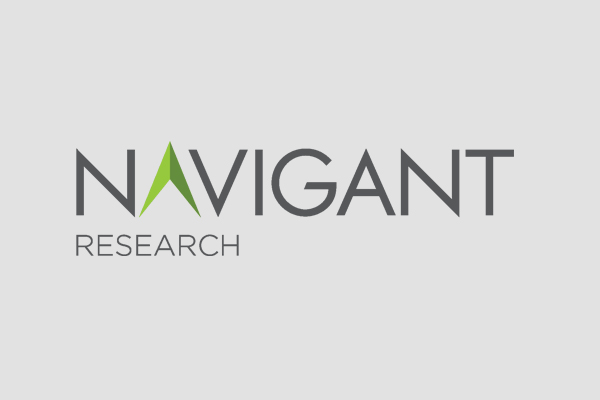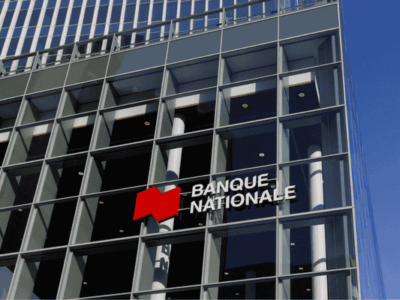- Navigant's latest report has identified 236 vendors, 254 projects, and nearly $700 million in cumulative blockchain funding.
- These were all invested into energy blockchain development across five global regions.
- The report tracks blockchain vendor and project developments in the energy industry.
Colorado — A new report from Navigant Research tracks blockchain vendor market entries and exits, funding, investments, and project deployments in the energy industry.
Since 2015, startups, utilities, and technology companies have financed and deployed demonstration and pilot projects to determine whether blockchain can address pain points across the energy industry. As the technology slowly matures, the narrative that blockchain will fundamentally disrupt the energy system is giving way to a more pragmatic vision in which blockchain’s primary role is to make existing processes more efficient.
“Key findings from our analysis highlight the shift in focus away from transactive energy (TE) and peer-to-peer electricity trading toward pragmatic use cases with shorter maturity horizons and proven business models,” says Johnathon de Villier, research analyst with Navigant Research. “In particular, recent project deployments have focused on renewable energy certificates and guarantees of origin.”
According to the report, recent market developments are driven in part by market barriers to TE deployment despite continued interest from both vendors and potential customers.
The shift in focus away from TE is likely also influenced by changes in funding patterns for blockchain vendors. Where poorly regulated, crowdsourced initial coin offerings (ICOs) were an important early source of vendor capital, more traditional capital investments from public and private sources now account for the majority of energy blockchain funding.
The report, Energy Blockchain Vendor and Deployment Tracker 3Q19, tracks blockchain vendor and project developments in the energy industry.
It follows data from vendors and projects across five geographic regions and six market segments: supply chain, generation, wholesale, distribution, retail, and behind the meter. Where available, the report provides specific information on project partners and funding, project size, use cases, company status, and other data points.














Comments